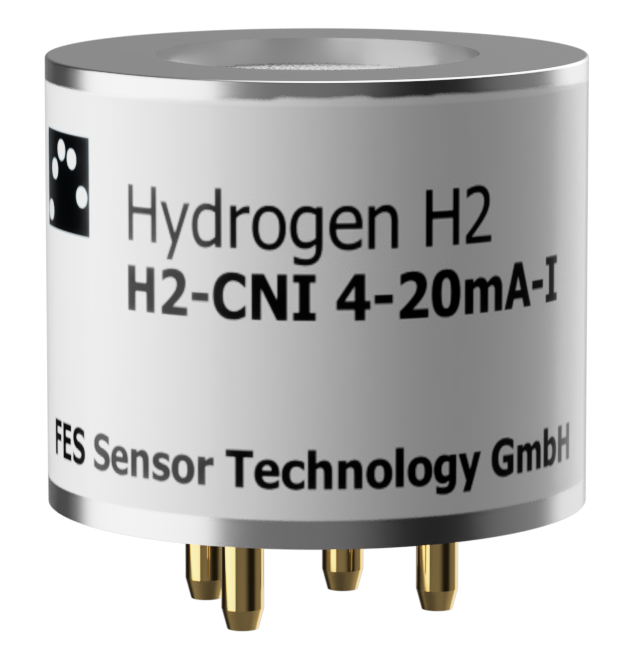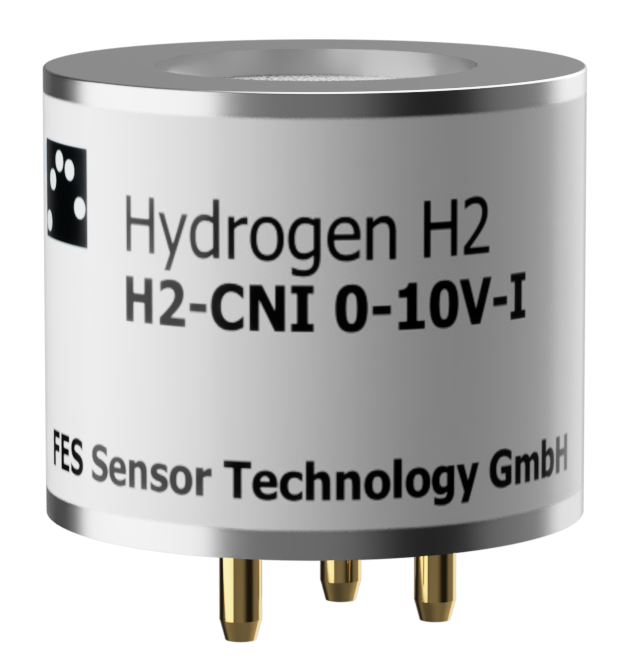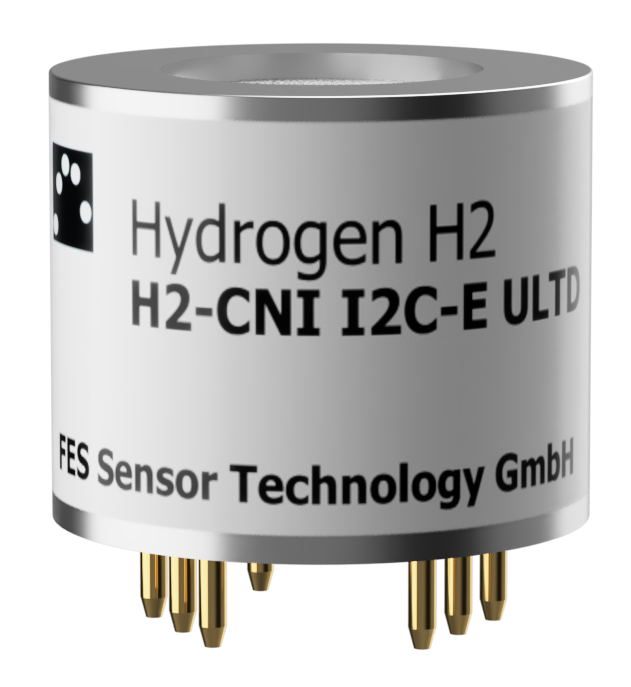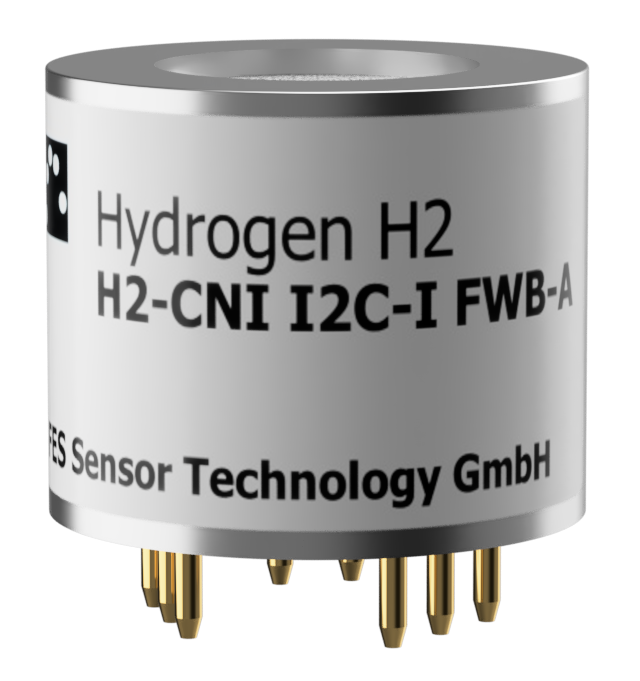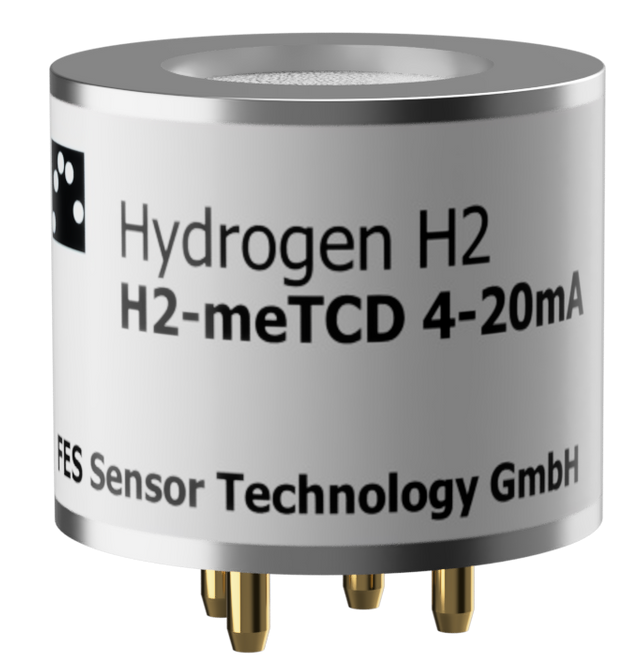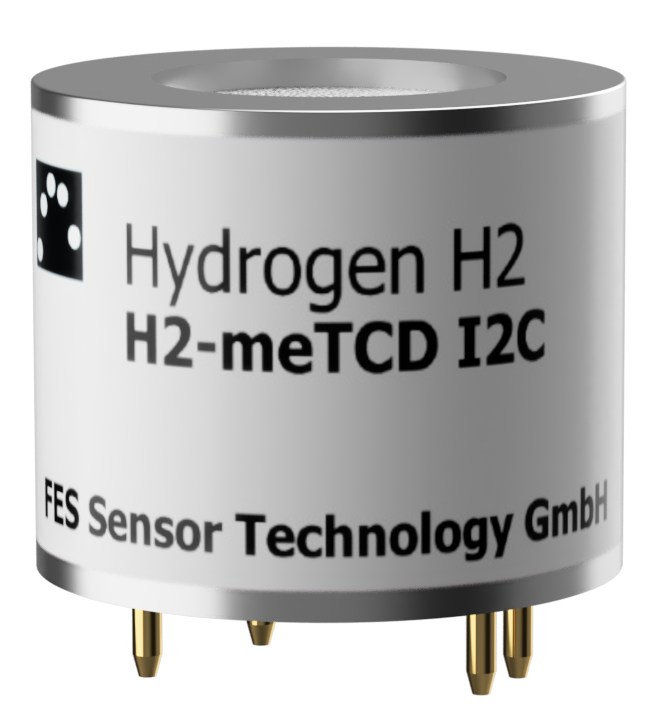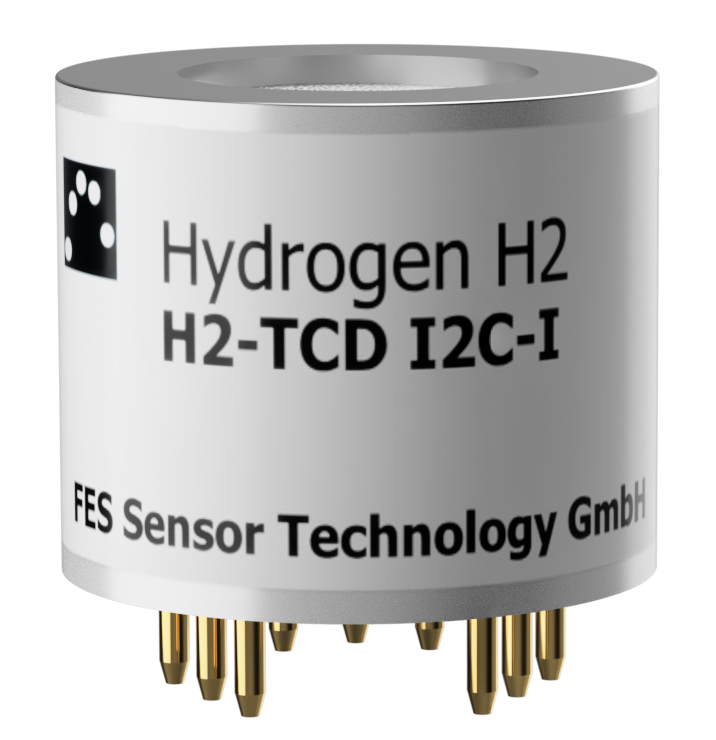Hydrogen Sensors
Two sensor families. One mission: reliable hydrogen detection
At FES Sensor Technology, we offer two families of hydrogen gas sensor tailored for different environments and detection needs- both built on proven principles and decades of research. Wether you're working with hydrogen in air or inert gases our sensor solutions offer the precision, durability and integration flexibility your application demands.
Hydrogen Sensors
Two sensor families. One mission: reliable hydrogen detection
At FES Sensor Technology, we offer two families of hydrogen gas sensor tailored for different environments and detection needs - both built on proven principles and decades of research. Wether you are working with hydrogen in air or inert gases our sensor solutions offer the precision, durability and integration flexibility your application demands.
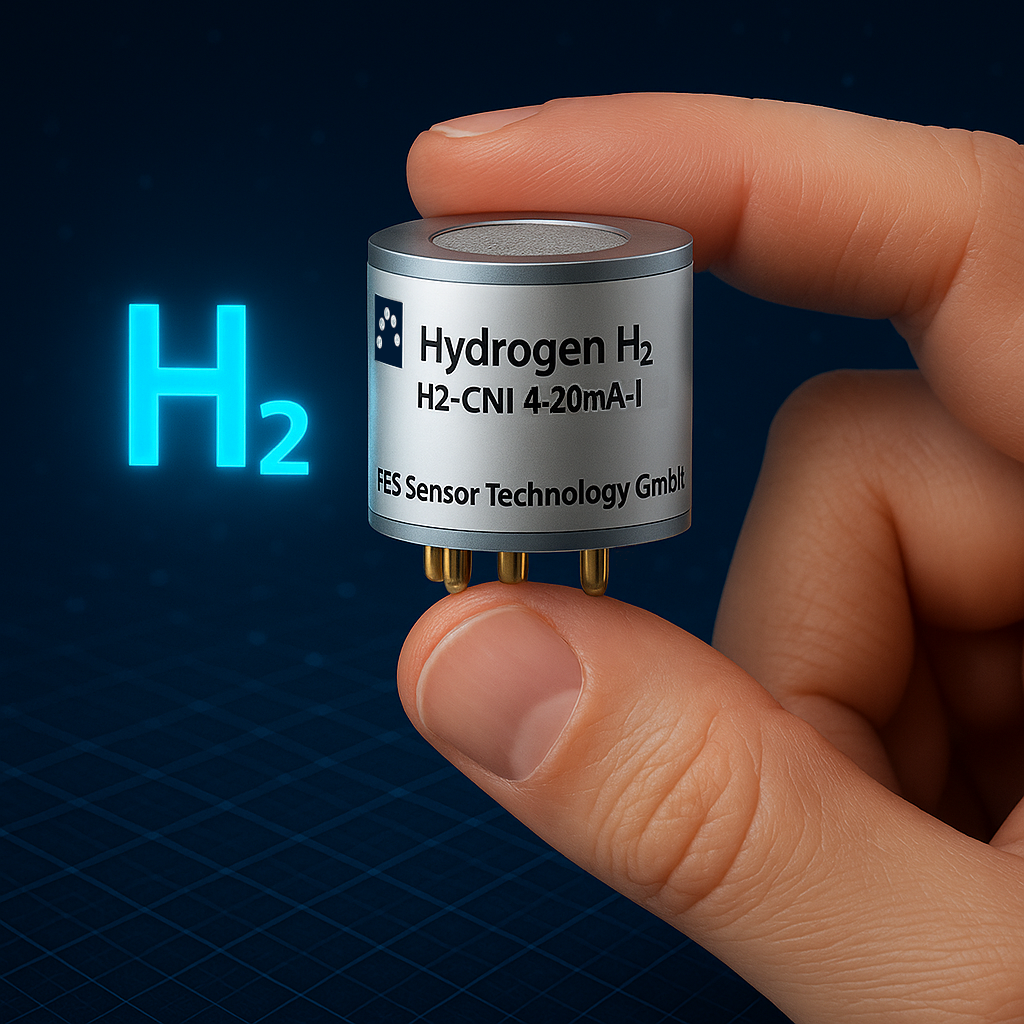
Hydrogen Sensors
Two sensor families. One mission: reliable hydrogen detection
At FES Sensor Technology, we offer two families of hydrogen gas sensor tailored for different environments and detection needs- both built on proven principles and decades of research. Wether you're working with hydrogen in air or inert gases our sensor solutions offer the precision, durability and integration flexibility your application demands.
Hydrogen Sensors
Two sensor families. One mission: reliable hydrogen detection
At FES Sensor Technology, we offer two families of hydrogen gas sensor tailored for different environments and detection needs - both built on proven principles and decades of research. Wether you are working with hydrogen in air or inert gases our sensor solutions offer the precision, durability and integration flexibility your application demands.

Sensor Families
Sensor Families
Sensor family
Gas environment
Detection range
Output options
Sensor Families
Sensor
family
Gas environment
Detection range
Output options
Calorimetric (CNI Series)
Hydrogen in air or oxygen
0-10 vol-% H2
Analog (0-10V, 4-20mA) or digital (I2C)
Calorimetric (CNI Series)
Hydrogen in air or oxygen
0-10 vol-% H2
Analog
(0-10V, 4-20mA)
Digital
(I2C)
Thermal Conductivity (meTCD Series)
Hydrogen in inert gases
0-100 vol-% H2
Analog (0-10V, 4-20mA) or digital (I2C)
Thermal Conductivity (meTCD Series)
Hydrogen in inert gases
0-100 vol-% H2
Analog
(0-10V, 4-20mA)
Digital
(I2C)
Calorimetric Sensors (CNI Series)
High-sensitivity detection in air and oxygen
Designed for detection hydrogen concentrations below the lower explosion limit (LEL) in air or oxygen-containing environments, our CNI series sensors use a catalytic, non-isothermal calorimetric principle to deliver accurate, long-term stable readings.
How it works
Hydrogen is oxidized on a catalytic layer thereby generating heat. The sensor measures the resulting temperature increase relative to a reference element using a wheatstone-bridge configuration. This differential signal correlates with hydrogen concentration.
Key benefits
- Accurate detection from 0-10 vol-% hydrogen
- Linear calibration for stable, long-term performance
- Fast and reversible response
- High resistance to humidity and valatile siloxanes
- Available with analog (0-10V, 4-20mA) or digital output (I2C)
- Integrated compensation for ambient temperature variations

Calorimetric Sensors (CNI Series)
High-sensitivity detection in air and oxygen
Designed for detection hydrogen concentrations below the lower explosion limit (LEL) in air or oxygen-containing environments, our CNI series sensors use a catalytic, non-isothermal calorimetric principle to deliver accurate, long-term stable readings.

How it works
Hydrogen is oxidized on a catalytic layer thereby generating heat. The sensor measures the resulting temperature increase relative to a reference element using a wheatstone-bridge configuration. This differential signal correlates with hydrogen concentration.
Key benefits
- Accurate detection from 0-10 vol-% hydrogen
- Linear calibration for stable, long-term performance
- Fast and reversible response
- High resistance to humidity and valatile siloxanes
- Available with analog (0-10V, 4-20mA) or digital output (I2C)
- Integrated compensation for ambient temperature variations
Caloriemtric Sensors (CNI Series)
High-sensitivity detection in air and oxygen
Designed for detection hydrogen concentrations below the lower explosion limit (LEL) in air or oxygen-containing environments, our CNI series sensors use a catalytic, non-isothermal calorimetric principle to deliver accurate, long-term stable readings.
How it works
Hydrogen is oxidized on a catalytic layer, generating heat. The sensor measures the resulting temperature increase relative to a reference element using a Wheatstone-Bridge configuration. This differential signal correlates with hydrogen concentration.
Key benefits
- Accurate detection from 0-10 vol-% hydrogen
- Linear calibration for stable, long-term performance
- Fast and reversible response
- High resistance to humidity and valatile siloxanes
- Available with analog or digital output (I2C, 0-10V, 4-20mA)
- Integrated compensation for ambient temperature variations

Thermal Conductivity Sensors (meTCD Series)
Hydrogen detection in inert gas atmospheres
Our thermal conductivity sensors are engineered for hydrogen measurement in inert environments (e.g., nitrogen, argon). They detect changes in the overall heat conductivity of the sorrounding gas, where the presence of hydrogen significantly alters thermal transfer.
How it works
Each gas mixture has a characteristic thermal conductivity. Hydrogen, having a very high thermal conductivity, alters the sensor signal when present, enabling accurate measurement up to 100 vol-%.
Key benefits
- Measurement range 0-100 vol-% hydrogen
- Optimized for use in inert gas matrices
- Non-reactive principle ideal for process monitoring and leak detection
- Robust perfomance for industrial applications
- Available with analog (0-10V, 4-20mA) or digital output (I2C)
Thermal Conductivity Sensors (meTCD Series)
Hydrogen detection in inert gas atmospheres
Our thermal conductivity sensors are engineered for hydrogen measurement in inert environments (e.g., nitrogen, argon). They detect changes in the overall heat conductivity of the sorrounding gas, where the presence of hydrogen significantly alters thermal transfer.
How it works
Each gas mixture has a characteristic thermal conductivity. Hydrogen, having a very high thermal conductivity, alters the sensor signal when present, enabling accurate measurement up to 100 vol-%.
Key benefits
- Measurement range 0-100 vol-% hydrogen
- Optimized for use in inert gas matrices
- Non-reactive principle ideal for process monitoring and leak detection
- Robust perfomance for industrial applications
- Available with analog (0-10V, 4-20mA) or digital output (I2C)
Caloriemtric Sensors (CNI Series)
High-sensitivity detection in air and oxygen
Designed for detection hydrogen concentrations below the lower explosion limit (LEL) in air or oxygen-containing environments, our CNI series sensors use a catalytic, non-isothermal calorimetric principle to deliver accurate, long-term stable readings.
How it works
Hydrogen is oxidized on a catalytic layer, generating heat. The sensor measures the resulting temperature increase relative to a reference element using a Wheatstone-Bridge configuration. This differential signal correlates with hydrogen concentration.
Key benefits
- Accurate detection from 0-10 vol-% hydrogen
- Linear calibration for stable, long-term performance
- Fast and reversible response
- High resistance to humidity and valatile siloxanes
- Available with analog or digital output (I2C, 0-10V, 4-20mA)
- Integrated compensation for ambient temperature variations
Thermal Conductivity Sensors (meTCD Series)
Hydrogen detection in inert gas atmospheres
Our thermal conductivity sensors are engineered for hydrogen measurement in inert environments (e.g., nitrogen, argon). They detect changes in the overall heat conductivity of the sorrounding gas, where the presence of hydrogen significantly alters thermal transfer.
How it works
Each gas mixture has a characteristic thermal conductivity. Hydrogen, having a very high thermal conductivity, alters the sensor signal when present, enabling accurate measurement up to 100 vol-%.
Key benefits
- Measurement range 0-100 vol-% hydrogen
- Optimized for use in inert gas matrices
- Non-reactive principle ideal for process monitoring and leak detection
- Robust perfomance for industrial applications
- Available with analog (0-10V, 4-20mA) or digital output (I2C)

Thermal Conductivity Sensors (meTCD Series)
Hydrogen detection in inert gas atmospheres
Our thermal conductivity sensors are engineered for hydrogen measurement in inert environments (e.g., nitrogen, argon). They detect changes in the overall heat conductivity of the sorrounding gas, where the presence of hydrogen significantly alters thermal transfer.
How it works
Each gas mixture has a characteristic thermal conductivity. Hydrogen, having a very high thermal conductivity, alters the sensor signal when present, enabling accurate measurement up to 100 vol-%.
Key benefits
- Measurement range 0-100 vol-% hydrogen
- Optimized for use in inert gas matrices
- Non-reactive principle ideal for process monitoring and leak detection
- Robust perfomance for industrial applications
- Available with analog (0-10V, 4-20mA) or digital output (I2C)
Caloriemtric Sensors (CNI Series)
High-sensitivity detection in air and oxygen
Designed for detection hydrogen concentrations below the lower explosion limit (LEL) in air or oxygen-containing environments, our CNI series sensors use a catalytic, non-isothermal calorimetric principle to deliver accurate, long-term stable readings.
How it works
Hydrogen is oxidized on a catalytic layer, generating heat. The sensor measures the resulting temperature increase relative to a reference element using a Wheatstone-Bridge configuration. This differential signal correlates with hydrogen concentration.
Key benefits
- Accurate detection from 0-10 vol-% hydrogen
- Linear calibration for stable, long-term performance
- Fast and reversible response
- High resistance to humidity and valatile siloxanes
- Available with analog or digital output (I2C, 0-10V, 4-20mA)
- Integrated compensation for ambient temperature variations

Thermal Conductivity Sensors (meTCD Series)
Hydrogen detection in inert gas atmospheres
Our thermal conductivity sensors are engineered for hydrogen measurement in inert environments (e.g., nitrogen, argon). They detect changes in the overall heat conductivity of the sorrounding gas, where the presence of hydrogen significantly alters thermal transfer.
Thermal Conductivity Sensors (meTCD Series)
Hydrogen detection in inert gas atmospheres
Our thermal conductivity sensors are engineered for hydrogen measurement in inert environments (e.g., nitrogen, argon). They detect changes in the overall heat conductivity of the sorrounding gas, where the presence of hydrogen significantly alters thermal transfer.
How it works
Each gas mixture has a characteristic thermal conductivity. Hydrogen, having a very high thermal conductivity, alters the sensor signal when present, enabling accurate measurement up to 100 vol-%.
Key benefits
- Measurement range 0-100 vol-% hydrogen
- Optimized for use in inert gas matrices
- Non-reactive principle ideal for process monitoring and leak detection
- Robust perfomance for industrial applications
- Available with analog (0-10V, 4-20mA) or digital output (I2C)
How it works
Each gas mixture has a characteristic thermal conductivity. Hydrogen, having a very high thermal conductivity, alters the sensor signal when present, enabling accurate measurement up to 100 vol-%.
Key benefits
- Measurement range 0-100 vol-% hydrogen
- Optimized for use in inert gas matrices
- Non-reactive principle ideal for process monitoring and leak detection
- Robust perfomance for industrial applications
- Available with analog (0-10V, 4-20mA) or digital output (I2C)
Sensor Overview
Sensor Overview
Sensor
Temperature range
Detection range
Interface
Sensor Overview
Sensor
Temperature range
Detection range
Interface
Need a custom solution?
We offer customization options on existing sensors as well as custom
development of completely new sensors or features.
Tell us about your needs and we'll get back to you!

Thanks for contacting us!
We will get back to you as soon as possible.
Oops, an error occurred while sending your message.
Please try again later.

